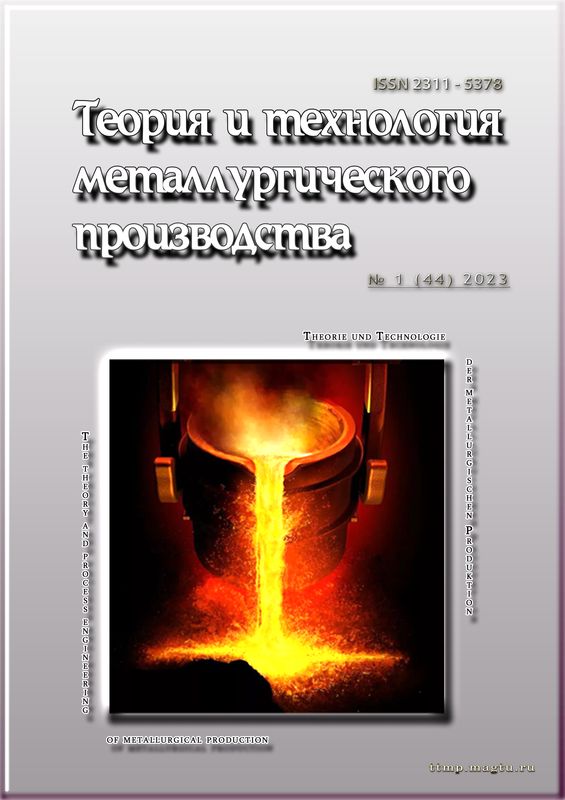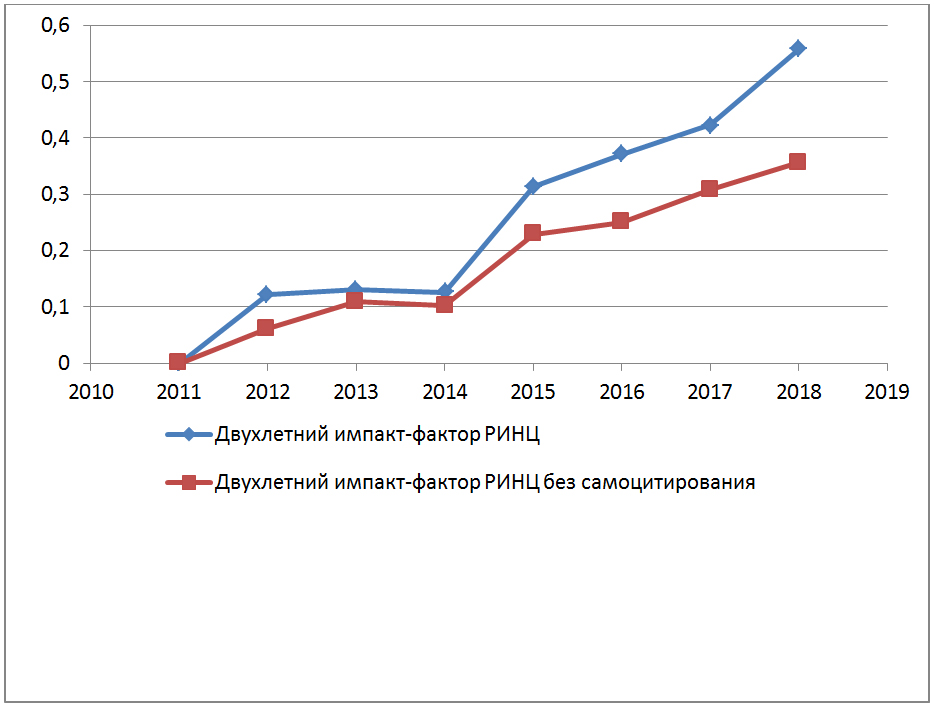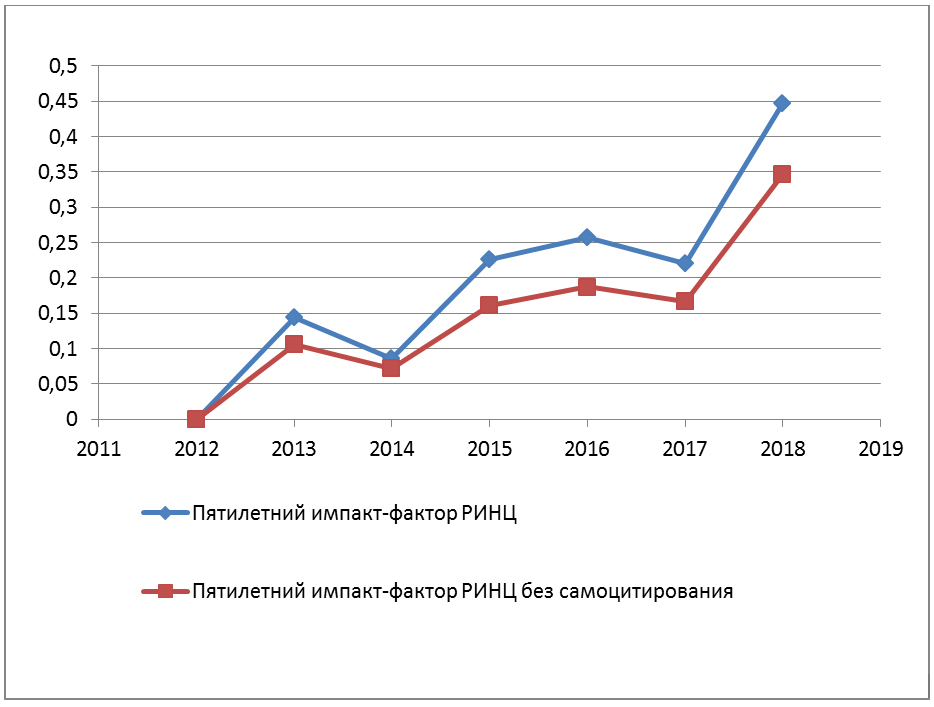Abstract
Precipitation of scandium hydroxides and hydroxosalts is one of the simplest methods for separating rare earth elements (REE), alkali, alkaline earth metals and other impurities from scandium, however, the low filterability of suspensions of bulky precipitate and the need for its reprecipitation in case of an increased content of impurities have not allowed this method to be widely used in industry until now. The authors of the present work conducted the research to improve the method. The results of the research showed the possibility of intensifying the filtration of suspensions and washing the precipitates of scandium hydroxochlorides both through coagulation at an elevated temperature and flocculation by a synthetic highly charged anionic floculant. Under a number of conditions both processes contribute to a ~3 times increase in the suspension filtration rate, however, preliminary thickening of the suspension after flocculation allows to achieve ≥4 times difference in rate. The washing of the aggregated precipitate is characterized by higher rates than of the nonaggregated one, and makes it possible to achieve high degree of purification of Sc2O3 from REE without multiple reprecipitations. The revealed specificity of flocculation of the Sc-containing precipitate provides an opportunity for its effective washing by repulping, which under the experimental conditions turned out to be preferable to washing on a filter both in terms of time and purification degree. The results obtained can be used for the development of a technology of the deep purification of scandium and its compounds. In order to specify the optimal modes of suspension separation after flocculation, additional studies are required using synthetic highly charged anionic flocculants with low viscosity of solutions.
Keywords:
Deep purification of scandium, precipitation of hydroxosalts, coagulation, flocculation, filtration, washing of precipitate.





